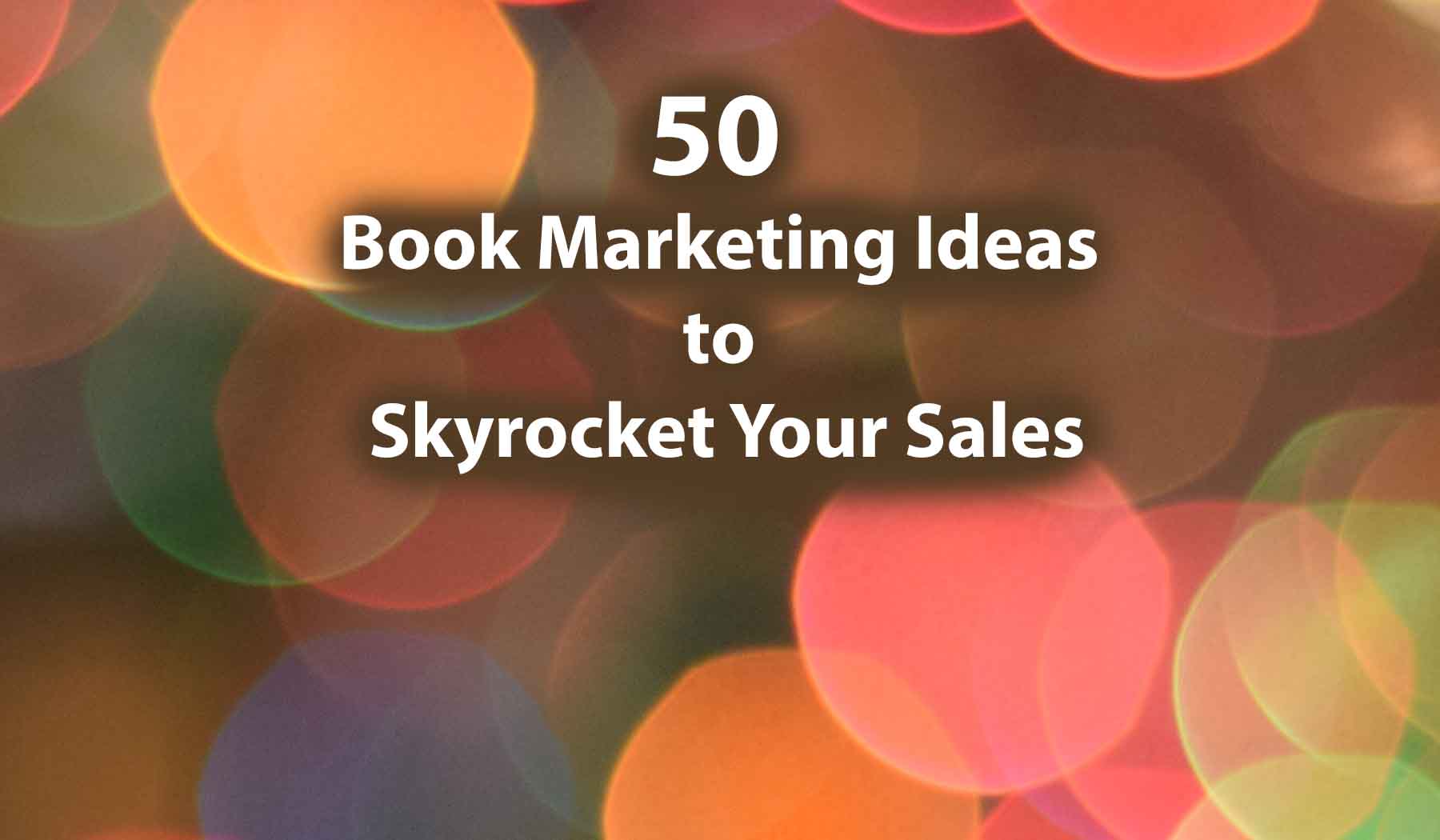Children’s Book Promotion Ideas
Don’t underestimate the power of tangible marketing. Posters, bookmarks, and postcards featuring your book cover can make lasting impressions. Distribute these materials at coffee shops, community centers, and book fairs 100 free spins slots.
Book promotion can feel like shouting into the void… unless you have a plan. This isn’t about posting “buy my book!” on social media until your friends mute you. This is about creative, effective ways to build buzz, attract readers, and turn interest into sales.
You can find bloggers who invite authors to write a guest post. However, to actually produce sales based on a site’s subscribers, you’ll need to research whether their interests align with your target readers. If not, you may spend hours preparing your guest post but gain no sales.
Affiliate marketing is a type of performance-based marketing where a company compensates a third party for each visitor or customer brought as a result of the affiliate’s marketing efforts. Businesses typically pay per sale or per click/impression.
Your website is your virtual home base—a space to showcase your books, share your story, and engage with readers. Ensure it’s visually appealing, easy to navigate, and features links for purchasing your book. Include blog posts about your writing journey, sneak peeks, or tips for aspiring writers.
Book Launch Promotion Ideas
Note that Amazon’s “Look Inside” feature does not allow you to select which pages readers can see, so by default, your sample chapter on Amazon will have to be your first chapter. However, you can always polish up another chapter to use as a sample on your own website, or even as a lead magnet for your mailing list.
We all know that writing a book is only half the battle. Promoting it? That’s where the real challenge begins. Whether you’re a first-time author or a seasoned pro, finding fresh, creative ways to promote your book can be a game-changer for your sales and visibility.

Note that Amazon’s “Look Inside” feature does not allow you to select which pages readers can see, so by default, your sample chapter on Amazon will have to be your first chapter. However, you can always polish up another chapter to use as a sample on your own website, or even as a lead magnet for your mailing list.
We all know that writing a book is only half the battle. Promoting it? That’s where the real challenge begins. Whether you’re a first-time author or a seasoned pro, finding fresh, creative ways to promote your book can be a game-changer for your sales and visibility.
Keywords and categories are the descriptive tags you’ll add to your book to help readers find it on Amazon and other retailers. You’ll have chosen them when setting up your book info, but here are a few tips to optimize them for better sales.
Lastly, remember to “give, give, give, then ask.” In other words, don’t ask your subscribers to do something for you (like buy your new book) until you’ve gained their loyalty with a steady stream of thoughtful content — showing that you value them as more than just dollar signs.
Book Promotion Ideas
If you haven’t already gotten your book edited and formatted by a professional, drop everything and do it now. Marketing can solve a lot of problems, but it can’t make readers see beyond pages of typos, run-on sentences, and odd spacing — so take care of all that before you publish.
Readers are less likely to look at your author bio before buying your book, but it’s good to have a strong one just in case. As with your description, this doesn’t need to be very long. The main things to remember are that a) you don’t want an author bio that’s wildly inconsistent with the tone of your book (for example, a humorous bio in a book about war), and b) if you’re writing nonfiction, you should get your credentials in there.
Fair warning, this is a lot of work — but it will build a lasting online profile for your book that exists entirely outside your own platforms, which is valuable for both your credibility and exposure.

If you haven’t already gotten your book edited and formatted by a professional, drop everything and do it now. Marketing can solve a lot of problems, but it can’t make readers see beyond pages of typos, run-on sentences, and odd spacing — so take care of all that before you publish.
Readers are less likely to look at your author bio before buying your book, but it’s good to have a strong one just in case. As with your description, this doesn’t need to be very long. The main things to remember are that a) you don’t want an author bio that’s wildly inconsistent with the tone of your book (for example, a humorous bio in a book about war), and b) if you’re writing nonfiction, you should get your credentials in there.
Fair warning, this is a lot of work — but it will build a lasting online profile for your book that exists entirely outside your own platforms, which is valuable for both your credibility and exposure.
